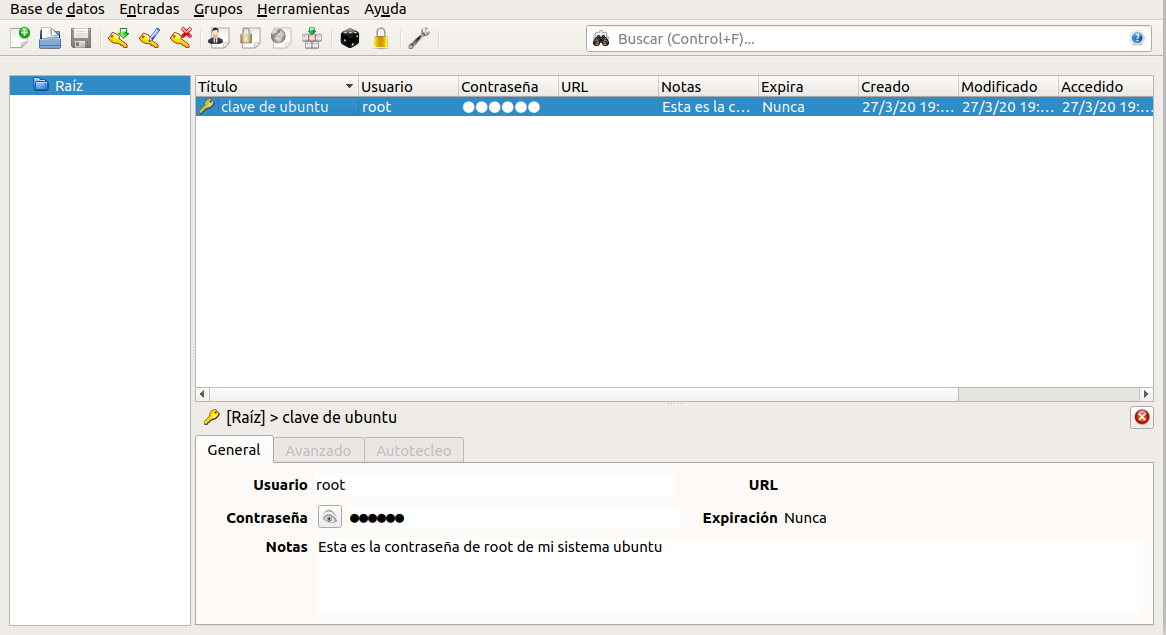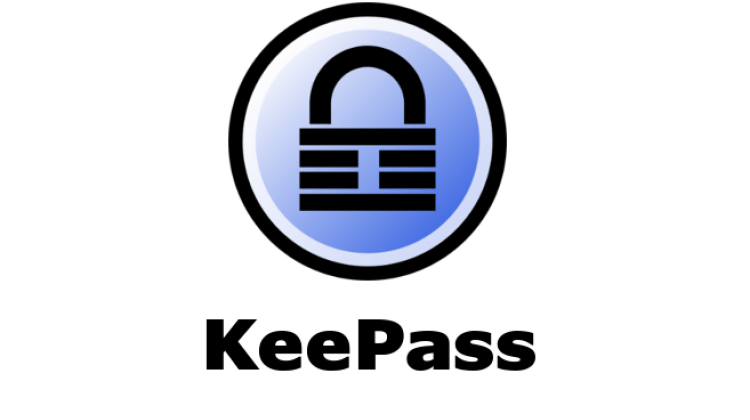
and select the newly installed language of our choice. The successful run of this command will produce no confirmation message.Īfter that, we open KeePass, go to View -> Change Language. Remember, Linux command line is case-sensitive, so writing cp Spanish.lngx isn't the same as typing cp spanish.lngx. It is important to select the /home folder because it will make the following commands easier.Īfter that, we fire up a terminal and type: sudo cp (language).lngx /usr/lib/keepass2 In the example, we will download the Spanish file, by clicking on the link. We visit and download the translation of our choice. The first part is the same as in Windows.

In Windows, it is easy to change the language on KeePass, just by saving the translation file in the same folder as the KeePass.exe executable. There are multiple translations for KeePass, from Arabic and Bahasa Melayu to Ukrainian and Vietnamese. How to change language in KeePass for Linux In Ubuntu, we just need to search for it on the Dash.

Once we finish with the installation, we will find KeePass at the Mint menu, in the Accessories section. Trying out the different versions would be quite an undertaking, as there are plenty of relevant use-cases across different platforms.Once the update is done, and we had no error messages, we type the following command to install KeePass: sudo apt-get install keepass2 -y Now, what is the practical difference between the two versions of KeePassXC, and are there really some reasons to prefer KeePassX instead?

If you do not know whether you should install keepassx or keepassxc, install keepassx instead! It has less features, and uses an outdated version of the Qt widget. In contrast to KeePassXC (package keepassxc), the development pace of KeePassX has slowed down.

In the description of KeePassX, it says (emphasis added): Ubuntu Software Center doesn't make the choice any more easier. I'm trying to figure out which KeePass version I should install.


 0 kommentar(er)
0 kommentar(er)
